
Epoxy resins Mechanism of Synthesis Applications Synthesis of epoxy resins YouTube
Epoxy resins, also known as polyepoxides, are a class of reactive prepolymers and polymers which contain epoxide groups. The epoxide functional group is also collectively called epoxy. [1] The IUPAC name for an epoxide group is an oxirane .

Art Epoxy Resin 11 Ratio Trustic
Epoxy resin is a synthetic resin with multiple industrial applications which offers higher thermal, chemical, and mechanical properties than other resins. Epoxy resin is applied in liquid form to a mould or painted in layers over a material to create a protective outer coating. The material becomes durable and structurally stable after curing.
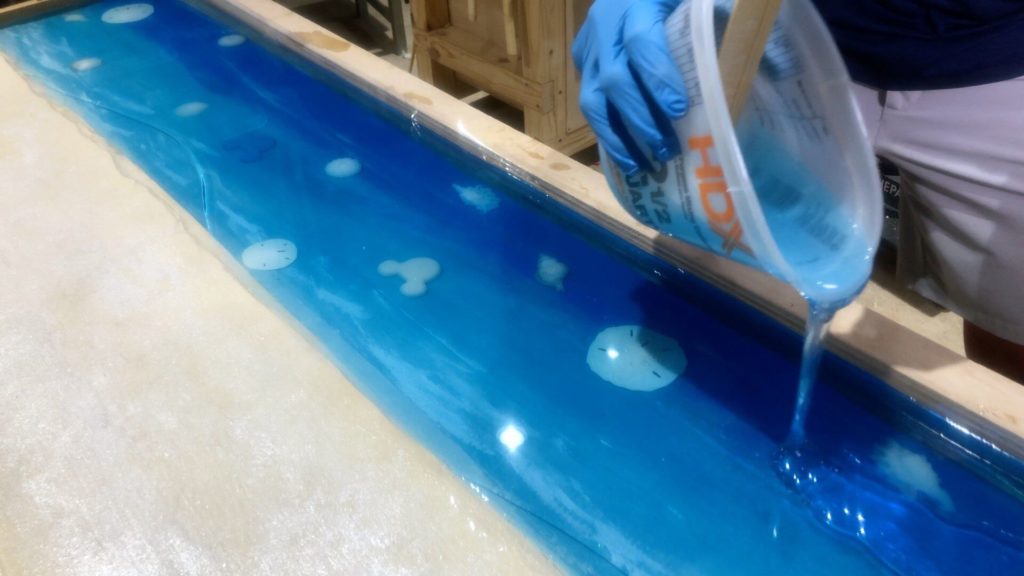
Ways to Apply and Use Epoxy Resin
Epoxy resins are reactive intermediates that, before they can be useful products, must be "cured" or cross-linked by polymerization into a three-dimensional infusible network with co-reactants (curing agents).

What is Epoxy Resin? (with pictures)
The flexibility of the polymer chains at the interface between the epoxy resin and inorganic particles can be altered by their interaction, hardening the epoxy resin's conformation close to the inorganic particles [62, 63]. EP firmly encases POSS nano-particles and exhibits good dispersibility when the extra POSS nano-particle amount is between 1 and 5%.
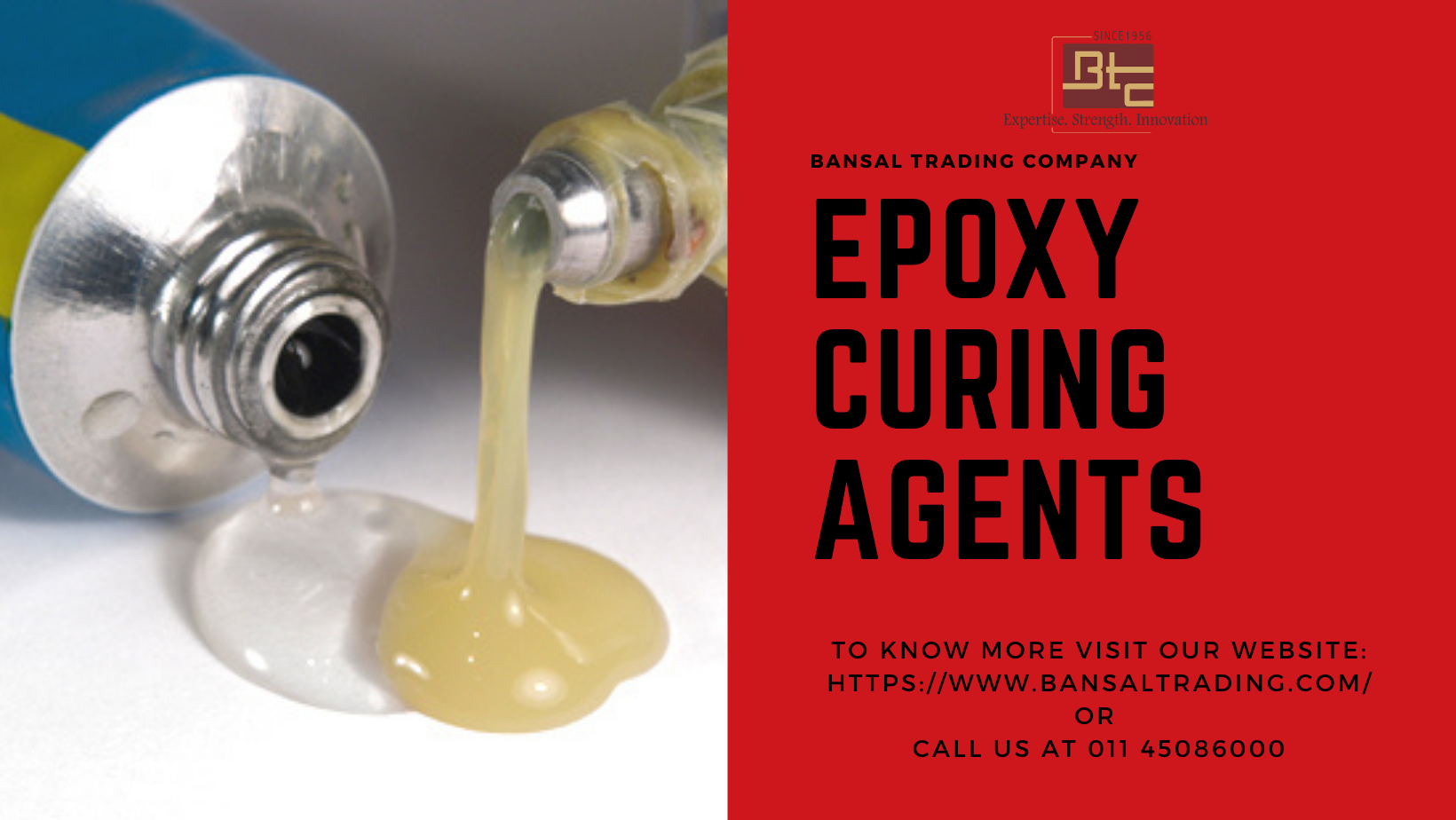
Types and Advantages of Epoxy Curing Agents
For resin casting of the second layer, you must first mix new casting resin after the base has cured or dried. Proceed in the same way as with the first mixture. After mixing, you should go over the finished resin with a hot-air dryer to remove any bubbles. Then fill the mold completely with the epoxy resin.

Test résine époxy de chez action (étape 1) YouTube
12 EPOXY RESINS 12.1 INTRODUCTION In the plastics industry epoxy resins are classified as thermosetting resins, and they are used in the paint industry as convertible coatings. Epoxy resins are cured and converted to a thermoset state by chemical re action between the resin and a curing agent. Depending on the curing agent this
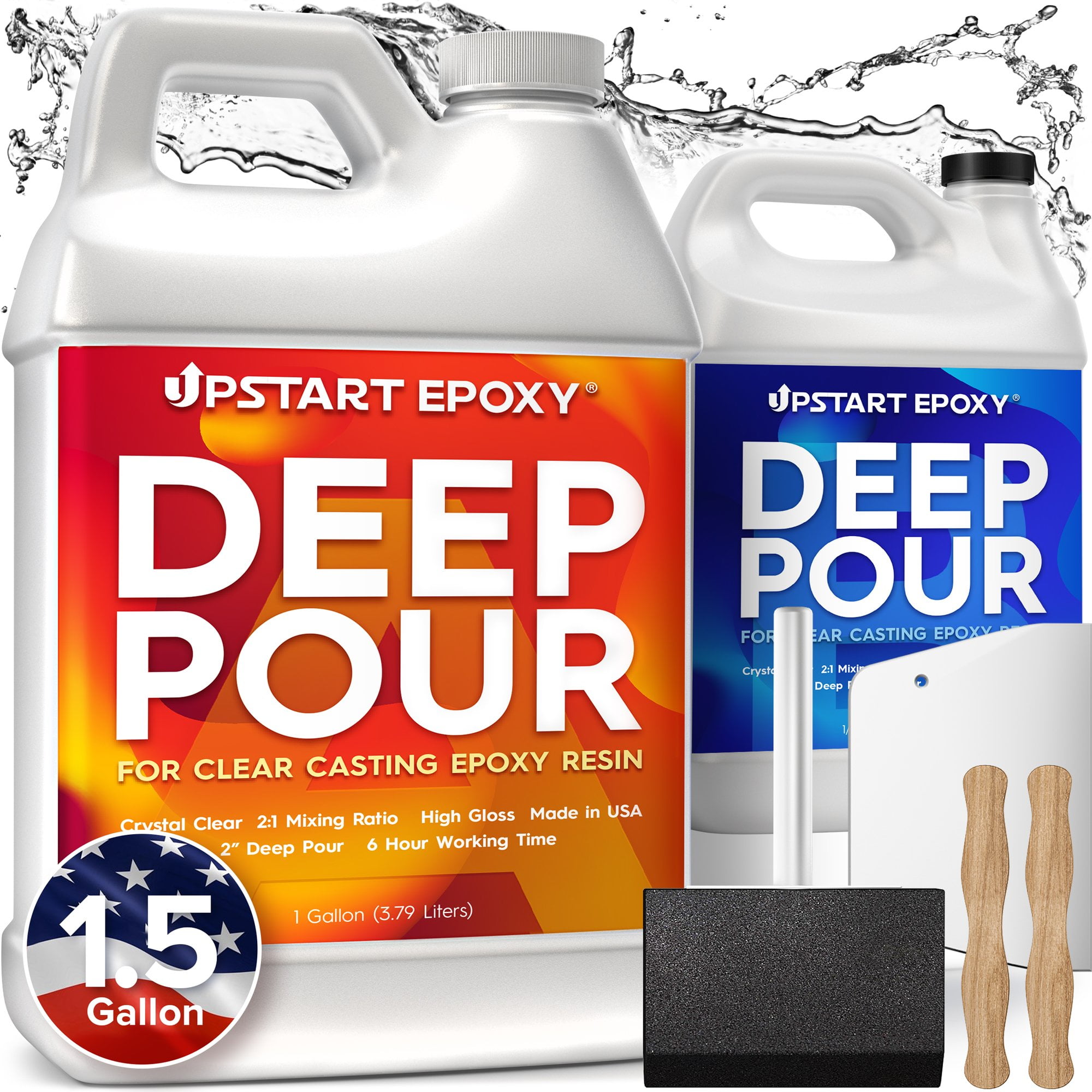
Safe Alternative To Epoxy Resin
Epoxy resins are used alone or in combination with glass, carbon, or other reinforcing fibers (aramid) to create all manner of product from boat hulls to electrical components. They are used in the construction trades to anchor bolts and other hardware into concrete walls, ceilings, and floors. They are used as potting compounds, sealants, and.

Effects of high polyamic acid content and curing process on properties of epoxy resins
Epoxy resins are polymers containing more than two epoxy groups. The epoxy groups in epoxy resin react with a variety of curing agents, such as amines, organic acids, anhydrides, boron.
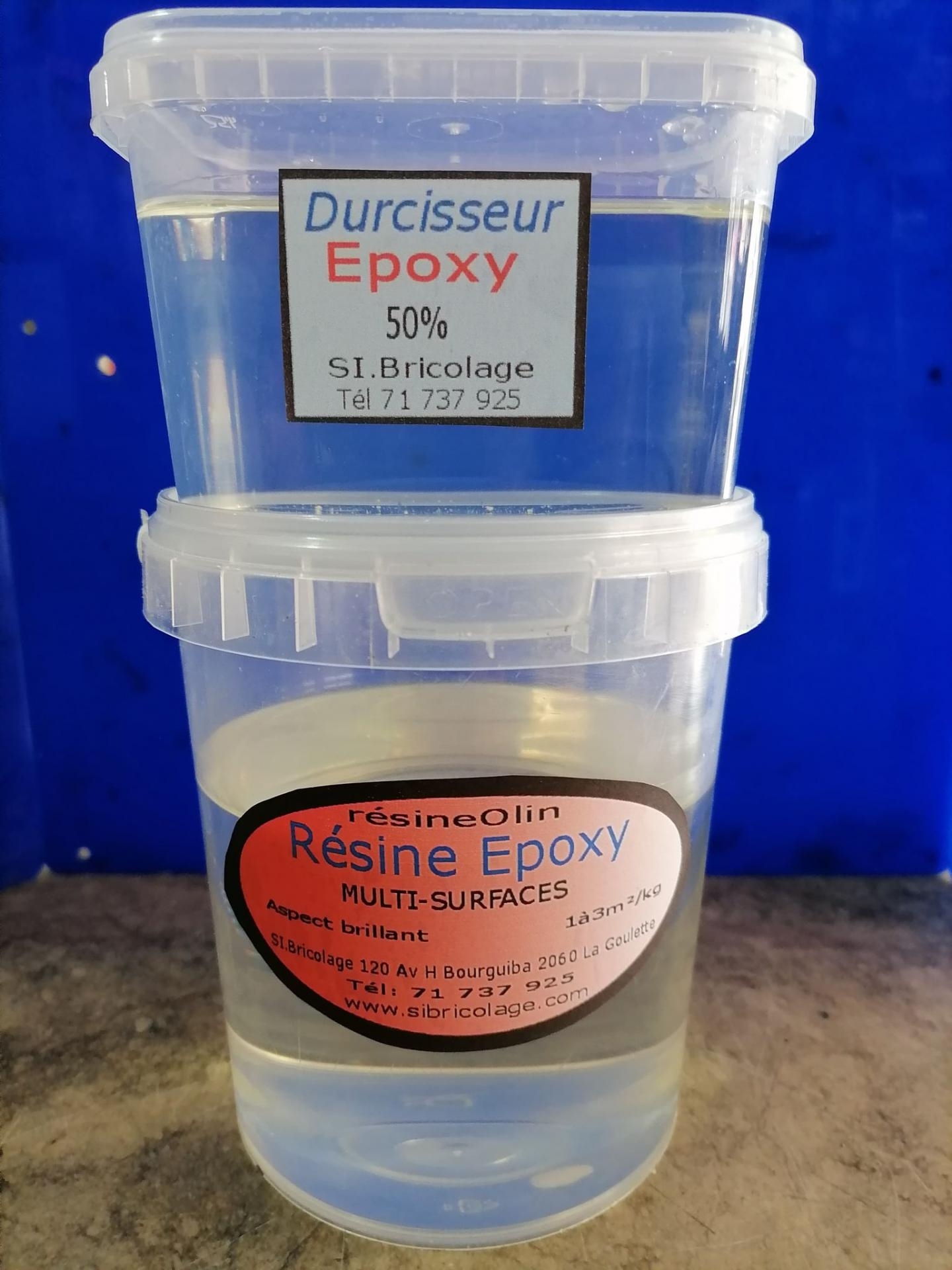
resine epoxy tunisie 38d 1l 71.737.925.
Epoxy resin is a versatile and highly adhesive material widely used in the construction, woodworking, and manufacturing industries. Its exceptional bonding properties, resistance to chemicals and moisture, and ability to withstand moderate temperatures make it a go-to choice for various applications.

Ways to Apply and Use Epoxy Resin
Thanks to their high strength, versatility, and excellent adhesion to a variety of surfaces, epoxy resins have gained wide acceptance in diverse applications (coatings, electrical, casting resins, composites, etc.). Explore thermosetting epoxy resins in detail along with their key properties.

55 Amazing Epoxy Table Top Ideas You’ll Love To Realize Engineering Discoveries
Indeed, epoxy resin is a core matrix phase for a range of high-performance composites. Epoxies are highly compatible with powder-bound matting, kevlar, and woven roving matt. Carbon fibre is a reinforcement that is very strong and very stiff. In many applications, it is used to reinforce epoxy matrices.

PPT Epoxy Resin Coatings PowerPoint Presentation, free download ID2951941
Awesome Price & High Quality Here On Temu. New Users Enjoy Free Shipping & Free Return. Come and check everything at a surprisingly low price, you'd never want to miss it.

How to Use Epoxy Resin Like a Pro
Epoxy resins are classified as thermosets and are made up of three-dimensional cross-linked networks consisting of a complex mixture of infinite or immeasurably high. Durability changes of epoxy resins under action of protons and gamma rays. Radiat Phys Chem, 46 (1995), pp. 863-866, 10.1016/0969-806X(95)00279-7. View PDF View article View in.
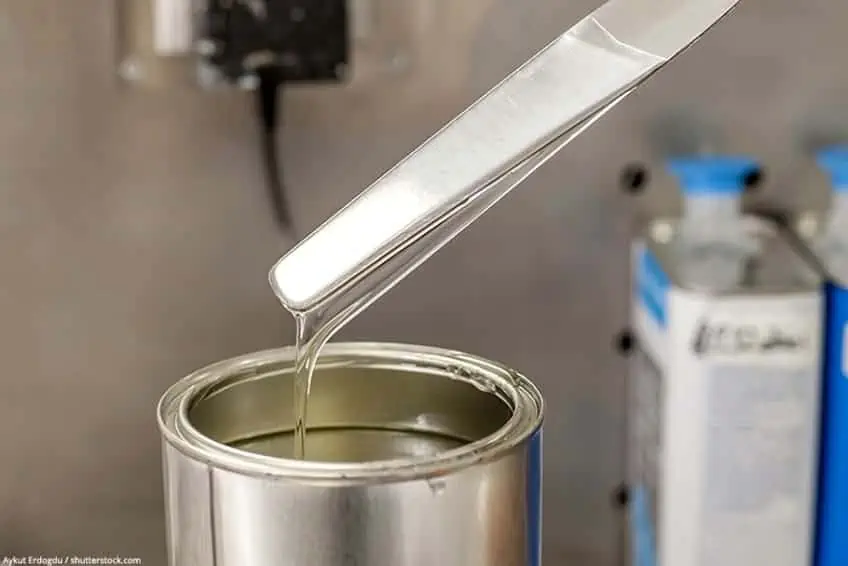
Epoxy vs Resin Difference between Epoxy and Resin
Epoxy resins have been widely used for coatings, electronic materials, adhesives, and matrices for fiber-reinforced composites because of their outstanding mechanical properties, high adhesion strength, good heat resistance, and high electrical resistance.

Deep Pour Epoxy Resin Specialty Resin Crystal Clear
Epoxy resins are diepoxides and bifunctional alkylating agents, and bifunctional alkylating epoxides are known to be mutagenic 3,4. Mutagens are suspected of having a carcinogenic effect.

Epoxy Resin 101 How to Choose Like a Pro?
The addition of artemisinin to epoxy resin formulation was reported to impart antimicrobial activity to epoxy resin membranes without damaging mechanical properties . Double bonds in cottonseed oil have been epoxidized and the product was added to DGEBA in different amounts to achieve a bio-based epoxy resin by curing with amine terminated prepolymer.